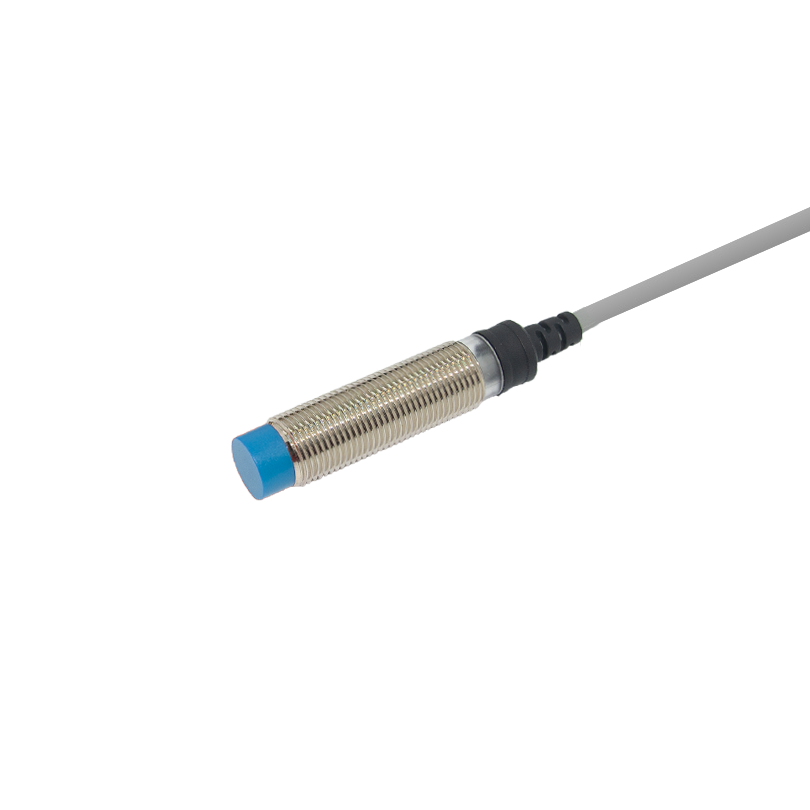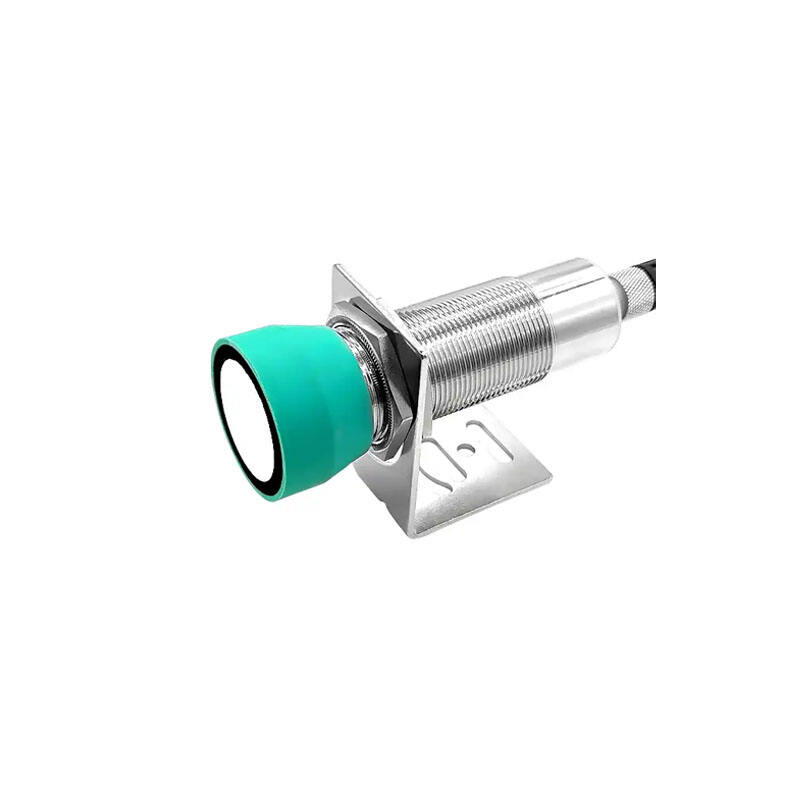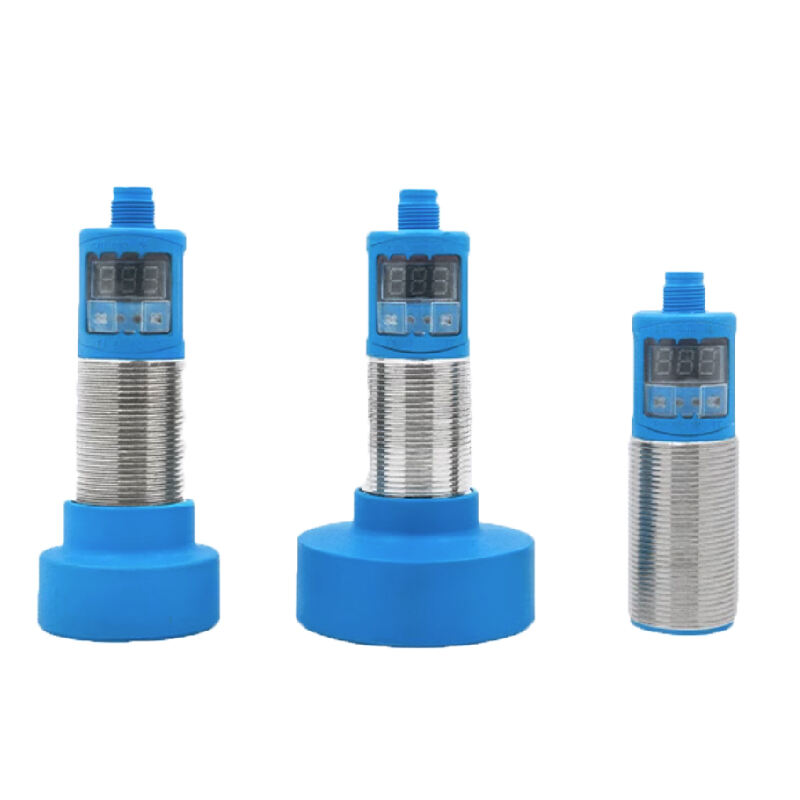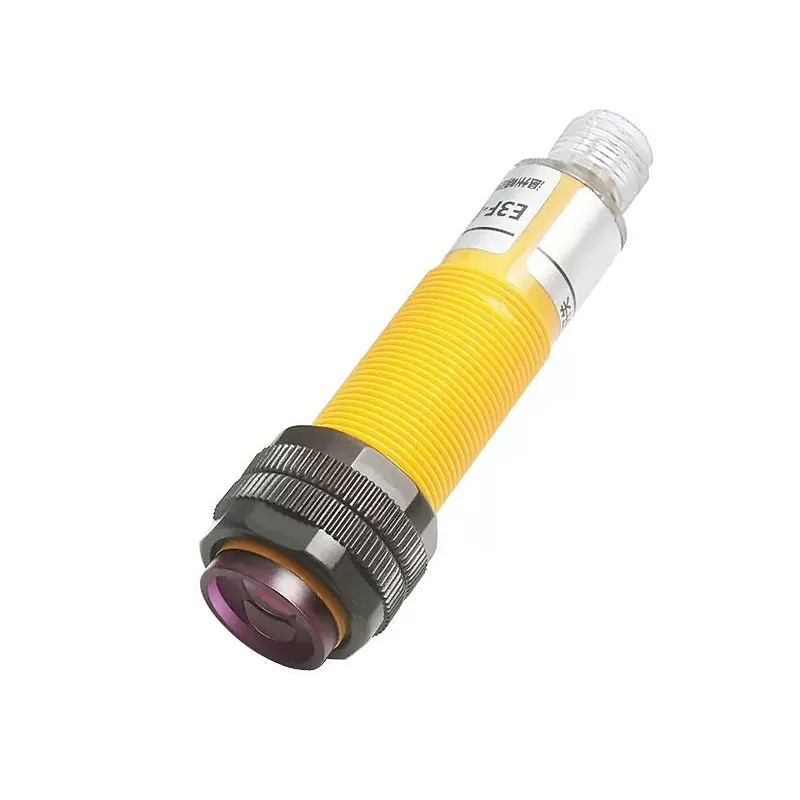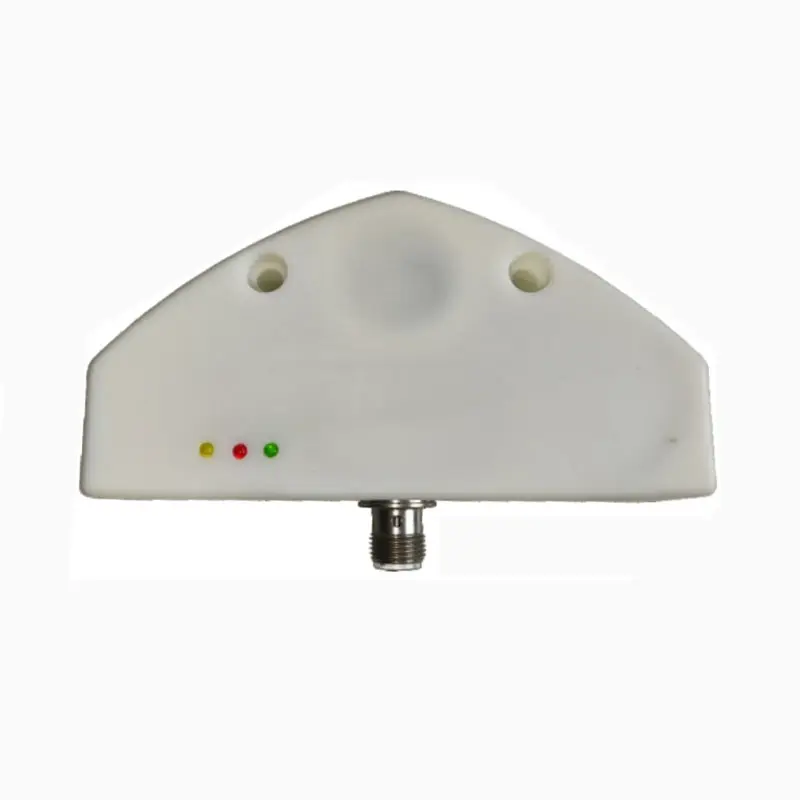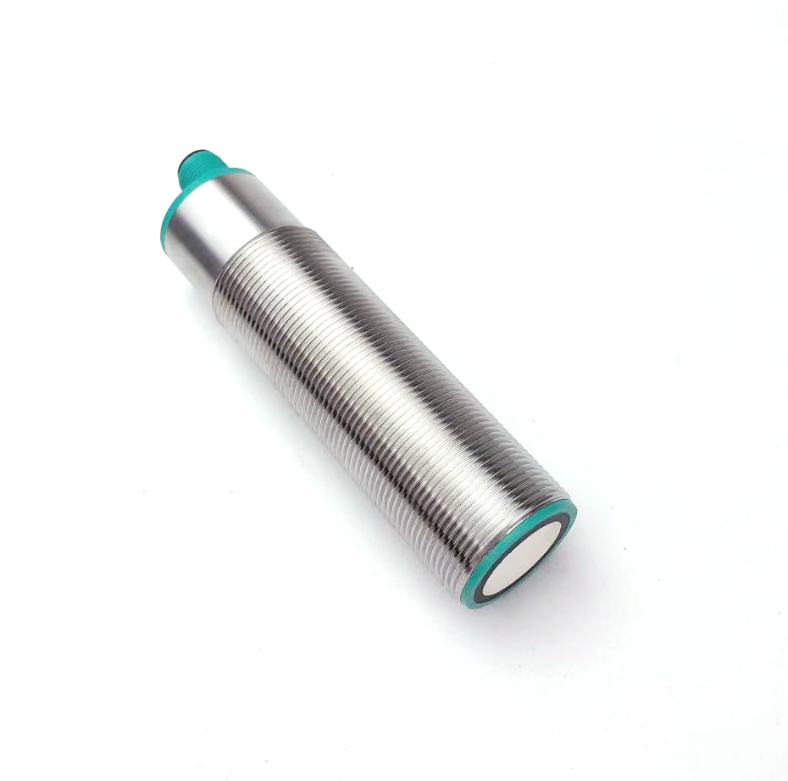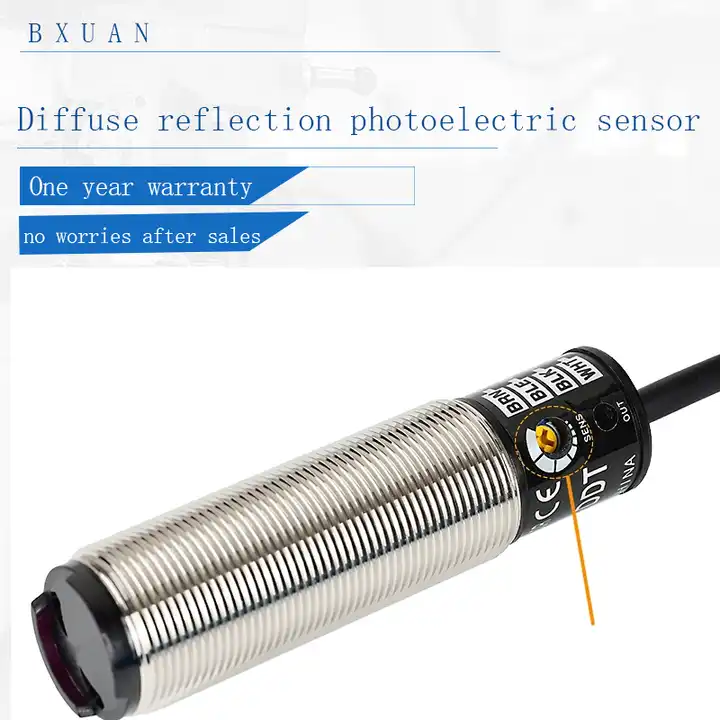proximity sensor advantages and disadvantages
Proximity sensors are sophisticated devices that detect the presence or absence of objects without physical contact. These sensors emit electromagnetic fields or beams of radiation and analyze changes in return signals, making them invaluable in various industrial and consumer applications. The technology behind proximity sensors encompasses multiple types, including inductive, capacitive, photoelectric, and ultrasonic variants, each with its distinct advantages and limitations. The main advantages include non-contact detection, long operational life, high reliability, and minimal maintenance requirements. However, they also face certain disadvantages, such as limited detection range, potential interference from environmental factors, and specific material detection limitations. In industrial settings, proximity sensors excel in automation processes, assembly lines, and safety systems. They provide crucial functions in modern manufacturing, including object detection, position sensing, and counting applications. The technology has evolved to offer enhanced precision, improved environmental resistance, and better integration capabilities with modern control systems. Despite their limitations, proximity sensors continue to be essential components in various applications, from automotive systems to smart home devices, demonstrating their versatility and importance in modern technology.

